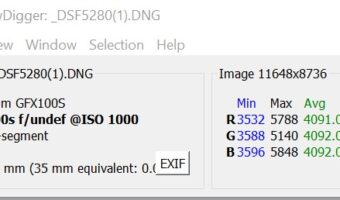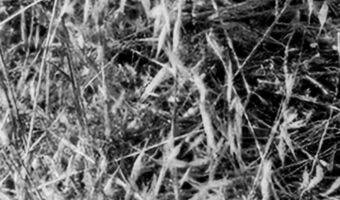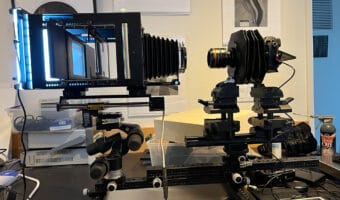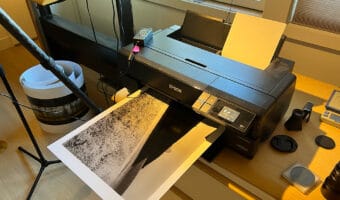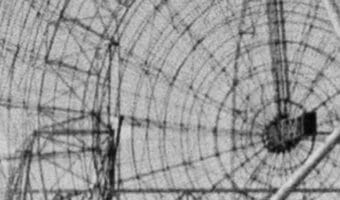I have previously demonstrated the dynamic range increases that come with Sony a7RIII pixel shift. A Facebook user said that there were no similar improvements with Fuji’s GFX pixel shift. That didn’t fit with what I remembered, but I hadn’t done any quantitative testing. So I thought I’d rectify that. I made single and pixel… [Read More]
Archives for 2021
4×5 Tmax 100 with a Nikon Z7, enhance details
In the last post, I showed you images that resulted from scanning 4×5 TMax 100 negatives with a Nikon Z7 in this setup: The results were good enough for excellent 17×22 inch prints, but there was more in the negative than the camera could resolve, which we saw by loking at better-quality scans using the… [Read More]
Scanning 4×5 Tmax 100 with a Nikon Z7
The last four posts have shown you the results of scanning one 4×5 TMax 100 negative with the GFX 100S. What happens if we try to use a lower resolution camera like the Nikon Z7? That’s what this post is about. Here’s the scanning setup with the Z7 attached: From left to right: Light source… [Read More]
Visibility of scanning differences in C-size prints
In the last three posts, I looked at different ways to scan black and white negatives with the GFX 100S. All used stacking. The differences boiled down to: Straight single shot Pixel shift Two-shot stitch Yesterday I printed copies of the best versions of all three images on C-size (17×22 inch) Epson Legacy Baryta paper,… [Read More]
Scanning 4×5 TMax 100 and stitching with PTGui
In the last post I showed you what happens when you use Lightroom to stitch two vertical orientation scans into one horizontal orientation one. Lightroom amps up the contrast and or the sharpening. In an attempt to get around that, I stitched the stacked images from the last post using PTGui 11.7 and 12.8. The… [Read More]
- « Previous Page
- 1
- 2
- 3
- 4
- 5
- …
- 31
- Next Page »
